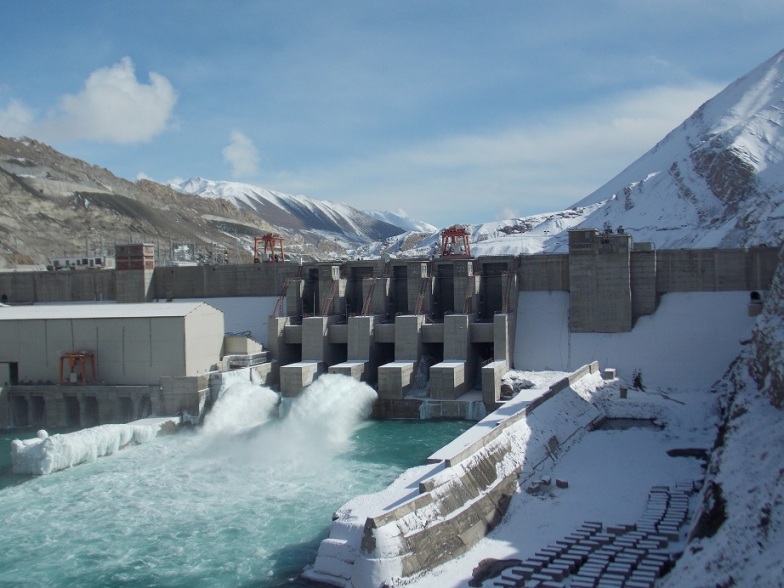Power Grid Corporation of India (PGCIL) has successfully completed and charged the 220kV single-circuit Leh-Khalsti line, which is part of the longer 220kV single-circuit Srinagar (Alusteng)-Leh transmission line. Along with the Leh-Khalsti line spanning 63km, two 220/66kV GIS substations—at Leh and Khalsti—have also been commissioned.
The project aims to reliably transmit electricity to the topographically-challenged Ladakh region of Jammu & Kashmir.
This is also the first time in India that a 220kV substation has been built at an altitude of over 11,500ft, a government release observed.
The Srinagar-Leh transmission scheme was awarded to PGCIL, due to the project’s strategic importance and technical complexities. The foundation stone of the project was laid by Prime Minister Narendra Modi in August 2014.
The project aims to reliably transmit electricity to the topographically-challenged Ladakh region of Jammu & Kashmir. With the Leh-Khalsti line now commissioned, Ladakh region can receive electricity from the 45-mw Nimoo-Bazgo hydropower plant situated in Leh district. This NHPC-owned plant, designed to generate 239 million kwh of electricity per year, was commissioned in October 2013. The Nimoo-Bazgo plant will feed its entire power generation to Jammu & Kashmir.
The remaining part of the Srinagar-Leh transmission scheme, which is mainly the Khalsti-Kargil-Drass-Srinagar (Alusteng) section, is under construction. Once completed, the Ladakh region will receive reliable electricity supply directly from the Northern Grid.
The extent of isolation
The erstwhile Leh district was bifurcated into Leh and Kargil in 1979. Ladakh, covering around 60,000 sqkm, broadly refers to the region included by both Leh and Kargil districts. Ladakh covers around 70 per cent of the total geographical area of Jammu & Kashmir. The difficult terrain of Ladakh has left this region isolated, with very low density of population. According to the 2011 Census, the density of population of Leh district, which has an area of around 45,000 sqkm, is only 3 persons per sqkm. The comparable metric for Kargil is around 10 persons per sqkm.
Currently, there is no electric connectivity between Ladakh and the National grid. Establishing this connectivity is the main objective of the Srinagar-Leh transmission scheme, which includes 375 km of single-circuit transmission line at 220kV from Srinagar (Alusteng) to Leh, via Kargil and four 220/66kV GIS substations at Drass, Kargil, Leh and Khalsti. The entire project is estimated to cost around Rs.1,800 crore, 95 per cent of which will be spent by the Central government.
Ladakh region currently gets its electricity from local micro-hydropower projects aggregating some 14 mw, and diesel generators worth 12 mw. The energy shortage in the Ladakh region is as high as 95 per cent. Once the entire Leh-Srinagar transmission line is fully commissioned, Ladakh region should get reliable power of about 100-150 mw, from the Northern Grid.
Photo shows NHPC’s 45-mw Nimoo-Bazgo hydropower project in Leh district of J&K. With the Leh-Khalsti power transmission line now complete, the Ladakh region can now start receiving electricity from this hydropower plant.



